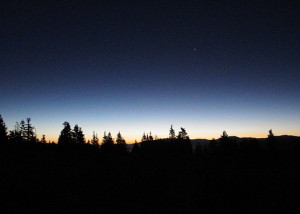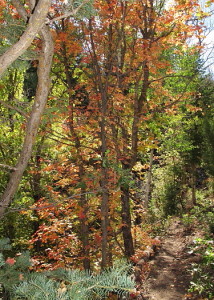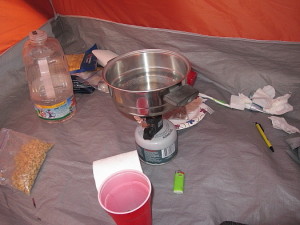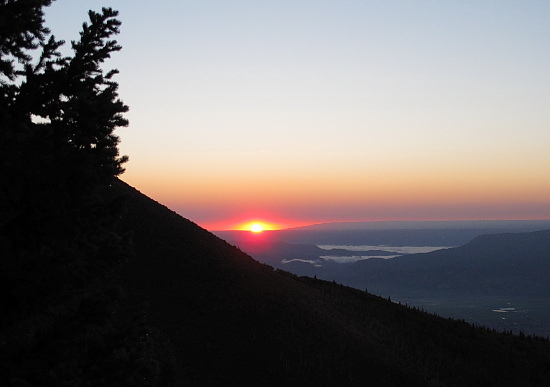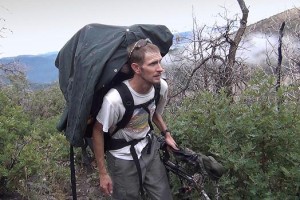2014 Bow Hunt Notes: Part 2 of 3
Yesterday I got back from my second of three bowhunting trips to Southern Utah. I hiked in Monday morning and began hunting that evening through Thursday morning. Now that I’ve been EVERYWHERE, the area is no longer new to me. Here are the lessons I’ve learned so far:
- After spending seven full days in the Wilderness alone, it has been affirmed that all mysteries of the Universe, all questions about God and the nature of man, and every other question that could possibly arise in modern life can be answered by sitting alone with Nature.
- After spending seven full days hiking and exploring concentrically from the epicenter of my chosen area, I can now say that there are no great bucks worth pursuing, or at least not enough concentrations to make future efforts justifiable. Therefore, I will spend the last week of my hunt exploring vast, new areas of my unit.
- This week was hot and windy causing the deer to move much less, bed earlier, and unbed later.
- The only decent four-point buck I encountered busted me at ten yards when a psycho-squirrel went ballistic behind me and the buck caught my movement. If my arrow/broadhead combination wasn’t $20.00, I would have shot the squirrel.
- On the morning of September 2nd I saw a three-point and two-point in velvet. In the evening I saw the same two deer, but both had shed their velvet.
Yesterday morning I busted the biggest 2×3 I’ve ever seen out of a bed around 10:00 a.m. He had a very tall, 25-inch wide rack, and should have been a four-point. Just for fun, and to get a better look at him, I circled down the mountain where he passed by me at only ten yards. Not the caliber of deer I’m after, but fun to watch. Makes me wish I wasn’t a trophy hunter!

